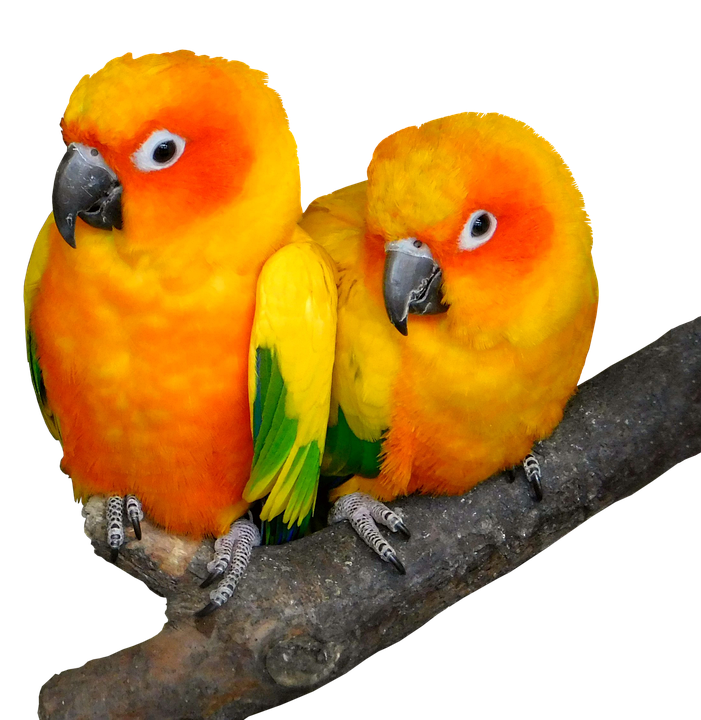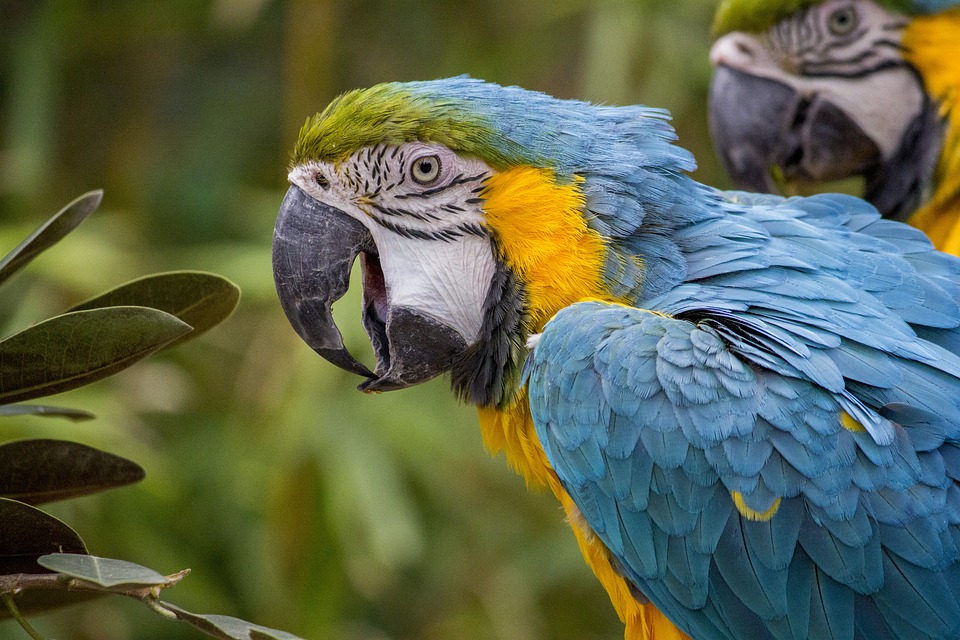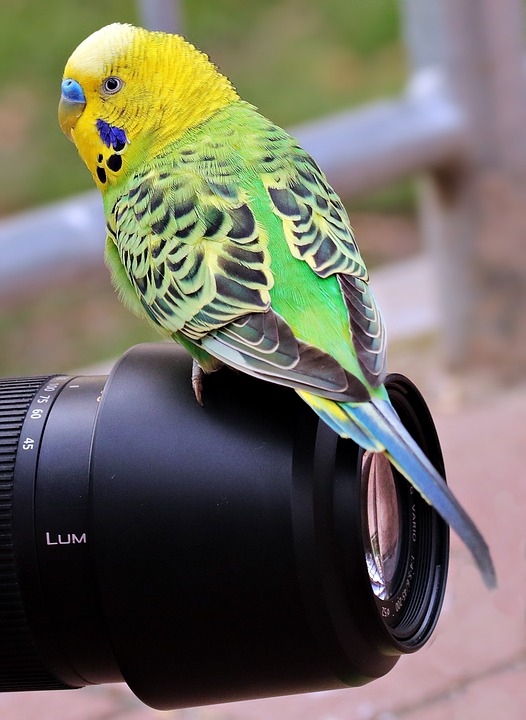Understanding Parrot Behavior: The Importance of Bathing
Introduction:
Bathing is a crucial aspect of parrot care that not only helps them maintain good hygiene but also plays a significant role in their overall well-being. In this article, we will delve into the importance of bathing for parrots and discuss the various aspects of their behavior associated with this essential activity.
I. Why is Bathing Important for Parrots?
A. Maintaining Feather Health
Parrots have unique feathers that require regular cleaning. Bathing helps to remove dirt, dust, and debris that can accumulate on their feathers, keeping them clean and healthy.
B. Regulating Body Temperature
Parrots rely on bathing to regulate their body temperature. By wetting their feathers, they can cool down in hot weather and retain warmth in colder temperatures.
C. Natural Grooming and Feather Maintenance
Bathing allows parrots to engage in their natural grooming behavior, which involves preening and arranging their feathers. This helps to keep their feathers in optimal condition for flight and insulation.
D. Psychological Stimulation and Enrichment
Bathing provides parrots with a source of mental stimulation and enrichment. The sensation of water and the opportunity to engage in natural behaviors can help alleviate boredom and promote overall well-being.
II. Different Bathing Preferences of Parrots
A. Shower Lovers: Birds that Enjoy Spraying Water
Some parrots love being sprayed with water from a showerhead or handheld spray bottle. They may actively seek out water and exhibit excitement during bath time.
B. Bowl Dippers: Birds that Prefer to Bathe in Small Containers
Certain parrots prefer to bathe in small bowls or containers filled with water. They may dip their bodies or feathers into the water, mimicking natural bathing behaviors.
C. Mist Seekers: Birds that Thrive on Fine Water Mist
Some parrots enjoy being misted with a fine water spray. This method provides a gentle and refreshing bathing experience for them.
III. Signs That Your Parrot Needs a Bath
A. Feather Preening and Scratching
If your parrot is preening its feathers excessively or scratching its body frequently, it may be an indication that they need a bath to clean their feathers.
B. Fluffing and Ruffling of Feathers
Parrots may fluff and ruffle their feathers to create air pockets, which can help them cool down or warm up. If you notice excessive fluffing or ruffling, it may be a sign that they need a bath to regulate their body temperature.
C. Excessive Dust or Debris on Feathers
When your parrot’s feathers appear dusty or have visible debris, it is a clear sign that they need a bath to remove the accumulated dirt and maintain feather health.
D. Vocalizations or Excitement when Water is Present
If your parrot becomes vocal or exhibits excitement when it sees water, it is a strong indicator that they enjoy bathing and should be provided with the opportunity to do so.
IV. Creating a Suitable Bathing Environment
A. Providing a Variety of Bathing Options
It is important to offer different bathing options to cater to your parrot’s preferences. This can include a shower perch, a shallow bowl or basin, or a misting bottle.
B. Using Safe and Non-Toxic Bathing Supplies
Ensure that the bathing supplies you use, such as sprays or shampoos, are safe and specifically designed for birds. Avoid using any products that may contain harmful chemicals.
C. Adjusting Water Temperature
Parrots have different temperature preferences when it comes to bathing. Test the water temperature before allowing your parrot to bathe to ensure it is comfortable for them.
D. Ensuring a Comfortable and Stress-free Environment
Create a calm and relaxing atmosphere during bath time. Avoid loud noises or sudden movements that may startle or stress your parrot. Patience and positive reinforcement can also help ease any bathing-related anxieties.
V. FAQs (Frequently Asked Questions)
1. How often should I bathe my parrot?
The frequency of bathing depends on your parrot’s preferences and environmental factors. Some parrots may enjoy daily baths, while others may prefer less frequent bathing. Observe your parrot’s behavior to determine their ideal bathing frequency.
2. Can I use regular tap water for bathing my parrot?
Tap water is generally safe for bathing parrots, but it is essential to ensure that the water is free from any contaminants, such as chlorine or heavy metals. You can use water conditioners or let the tap water sit for a few hours to allow any chemicals to dissipate before using it for bathing.
3. What if my parrot refuses to bathe?
If your parrot is hesitant to bathe, try different bathing methods or provide alternative options such as offering a shallow dish of water for them to explore at their own pace. Patience and persistence can help them gradually become more comfortable with bathing.
4. Is it necessary to dry my parrot after a bath?
Parrots have the ability to dry themselves naturally by flapping their wings and preening their feathers. However, if you notice that your parrot appears uncomfortable or chilled after a bath, you can gently towel dry them or use a low-speed hairdryer on the cool setting to help them dry off.
5. Are there any alternative bathing methods for parrots?
Yes, some parrots may enjoy bathing in the rain or under a gentle spray of water outdoors. However, ensure that the temperature is suitable, and the water source is clean and free from any chemicals or contaminants.
Conclusion:
Understanding and catering to the bathing needs of your parrot is vital for their physical and psychological well-being. By providing them with suitable bathing options and observing their behavior, you can ensure that your feathered friend remains healthy, happy, and radiant. Remember to optimize this article with relevant keywords and include internal and external links to authoritative sources to enhance its SEO value.









